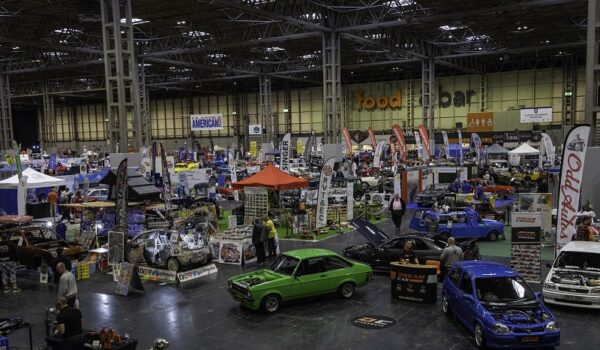
Our apologies; we are only now posting Peter McFadyen’s wonderful photos from the 2023 Classic Motor Show at the NEC, Birmingham, that took place on 10-12 November. But we hope you will enjoy them anyway…
1953 Moto Guzzi Falcone Turismo
This 500cc single was one of the most remarkable machines to be produced from the company’s factory in Mandello del Lario just north of Lecco in Lombardy. Launched in 1950, it had fine, sporting lines and a handsome single-cylinder horizontal engine producing 23bhp at 4500rpm. It was characterised by its enormous flywheel, mounted on the left (just barely visible in our photo), which earned it the nickname of the ‘bacon-slicer’.
1964 Rover 2000
2024 is the 60th anniversary of the launch of the Rover P6. This is a beautiful example, restored after being found in a garden in a derelict but sound state. It is well known that the body panels of the P6 are bolted on for ease of repair. Perhaps less well known is that the unusual front suspension, with cranks transferring upward motion to rearward motion of the springs against the bulkhead, was so designed to leave room in the engine compartment for a gas turbine (which never materialised). This car will have plenty of room around its engine.
1932 Rover 10/25hp
This small car was introduced in 1927 with a four-cylinder 1,185cc engine and three-speed gearbox. This example benefits from the improved four-speed unit introduced in 1931. Rover offered a wide range of custom body styles, and this is the ‘Nizam’ by Carbodies of Coventry.
1959 Lloyd Alexander
Introduced in 1957, this miniature Borgward was built by its subsidiary Lloyd in Bremen. Around 176,000 were produced up to 1961, but only two cars remain in the UK (more in Germany). It has a two-cylinder 600cc 19bhp air-cooled engine with overhead camshaft, driving the front wheels.
1960 Borgward Isabella Coupé
The coupé version of the Isabella was introduced in 1957. It has a 1,493cc four-cylinder engine and fully independent suspension. Top speed is around 100mph.
1964 Peel P50
This model has been certified by Guinness World Records as the smallest production car in the world. It has a 49cc 4.5bhp single-cylinder two-stroke engine and can reach 38mph. It has three forward speeds but no reverse; instead, it has a handle at the rear to allow the driver to pick it up at the back and manoeuvre it.
1955 Cadillac Eldorado
This car featured in the Johnnie Cash biopic Walk the Line. The gentleman is perhaps pointing out the Dagmars, the distinctive overriders. Nowadays, we are not allowed to tell you the origin of that word, so you’ll have to Google it.
Ca. 1950 Saab 92
This is a fine example Saab’s first production car. It was extremely aerodynamic for its time, with a drag coefficient (cx or cw) of 0.30. The entire body was stamped out of one piece of sheet metal and then cut to accommodate doors and windows. Full-scale production started on 12 December 1949. The engine is a transversely-mounted water-cooled two-cylinder two-stroke of 764cc, producing 25bhp. All early Saab 92s were painted in this dark green colour; some sources claim that Saab had a surplus of green paint from wartime production of aeroplanes.
Ca. 1950 Jowett Jupiter
The Jowett Jupiter was introduced in 1949 as a chassis only and as a complete car in 1950. For more details, have a look at our Snapshot No. 441. This is a fine example, extensively restored from the time of its purchase in 1997 by its current owner.
Scale model of a 1918 International Harvester 10-20 Titan
This is a one-third-scale model, built between 1995 and 2000 to drawings published by Tony Webster in Model Engineer in 1995. Introduced late in 1915, the Titan 10-20 was one of International Harvester’s first small tractors, suitable for the average American farm. It was one of the company’s main weapons in the “tractor wars” against Ford, who had viciously cut prices on its Fordson machines. 78,363 were produced between 1915 and 1922. Its 531cu.in. (8,701cc) two-cylinder water-cooled engine put out 26bhp at the belt and 16 at the drawbar.
1952 Austin K8 14-seater coach
The Austin K8 was introduced in 1947 as a 25cwt three-way van (i.e. doors on both sides and at the rear), a pickup, an ambulance or an ambulance-sized minibus, as here. Around 27,000 were produced until 1954.
1956 Vauxhall Cresta
The Cresta was introduced in 1954 as an upmarket version of the Vauxhall Velox, itself a six-cylinder version of the Vauxhall Wyvern. This E-series version was protruded until 1957 when it was replaced by the befinned American-influenced PA. It had a 2.3-litre overhead-valve straight-six.
1936 Bugatti Type 57
This Type 57 carries the James Young drophead body that it has worn since new. It was delivered as a rolling chassis to the London agent, Colonel Sorel, and fitted with this body, which had previously been on another of the customer’s Type 57s. The Type 57 is Jean Bugatti’s masterpiece; its straight-eight, twin-overhead-cam 3,257cc engine and four-speed non-synchro constant-mesh dog-clutch gearbox work beautifully together to give superb high-speed cruising. It has solid axles front and rear and cable-operated brakes, but these are so finely engineered that the Type 57 can compete with the best of the competition, including the Derby Bentley.
1953 Armstrong Siddeley 16/18 Whitley 4-light saloon
These cars were expensive, largely hand-built machines. The ’16’ Hurricane drophead coupé and Lancaster saloon were introduced in 1945, and the Whitley saloon and Typhoon touring saloon came in 1950. 2,624 Whitleys were produced until production ended in 1954.
1940 Alvis 4.3-litre
This example was built in September 1939 and registered on 17 April 1940. It was intended for the 1940 London Motor Show. 106 4.3 chassis were produced, of which only three were razor-edge saloons. By 1936 the 4¼-litre Bentley and 4½-litre Lagonda LG45 were giving stiff competition to Alvis’s 3½-litre Speed 25; the 4.3 addressed this challenge in impressive fashion.
1968 Triumph TR5
These cars are rare beasts: Triumph replaced the four-cylinder engine of the TR4 with a much more powerful 2.5-litre six-cylinder straight-six with Lucas mechanical fuel injection, but the TR5 was only built between 29 August 1967 and 19 September 1968, with just 2,947 units produced. The TR6 replaced it.
All photos by Peter McFadyen. See his website: http://petermcfadyen.co.uk







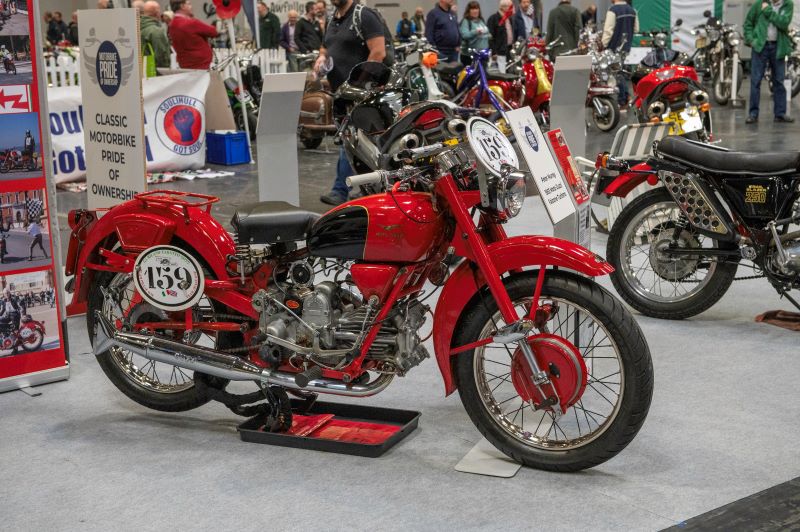
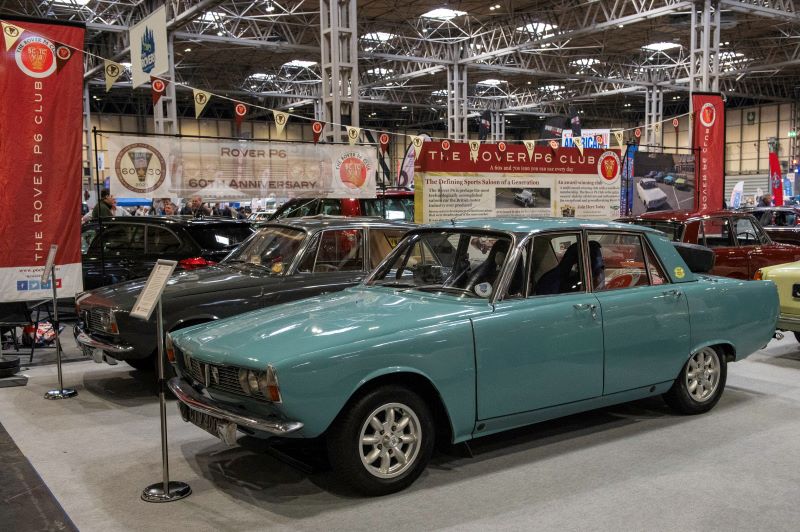
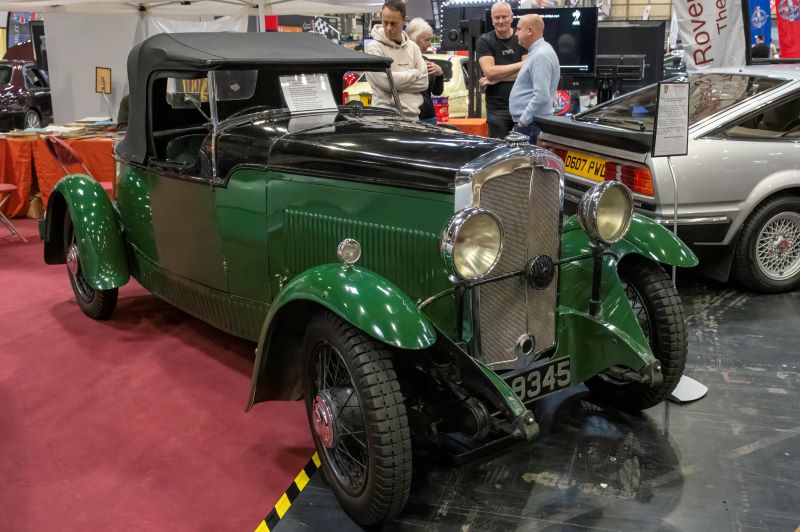
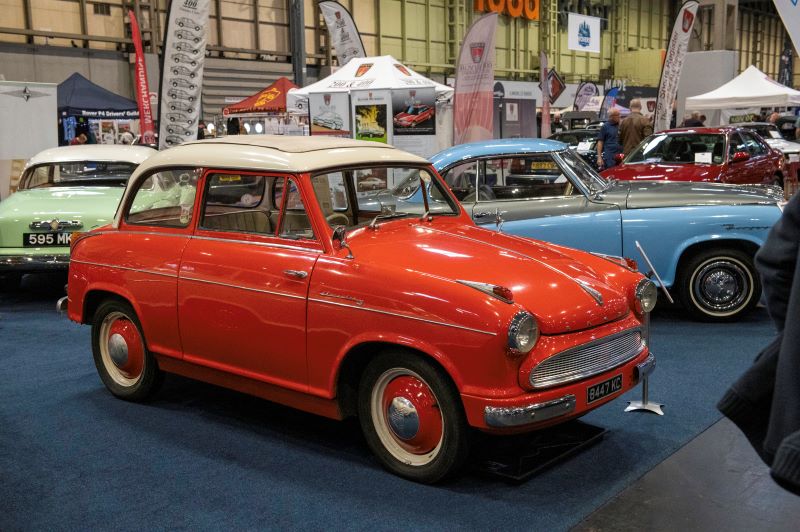
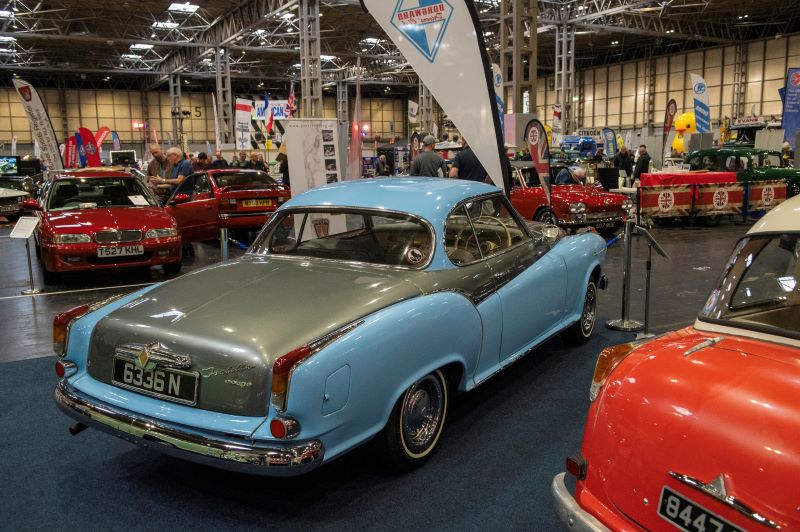
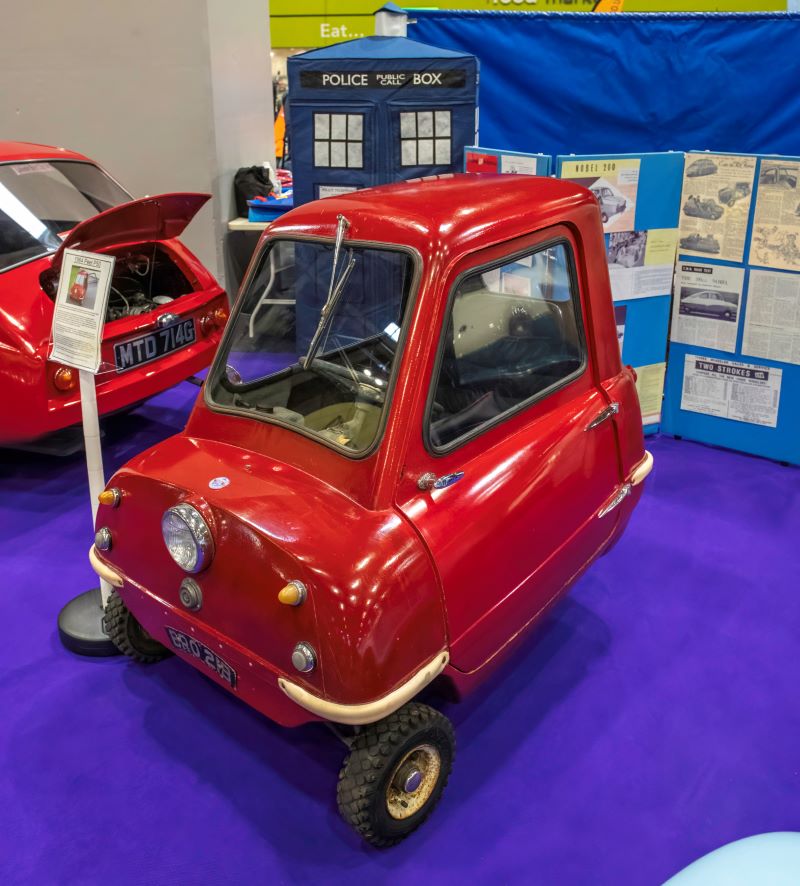
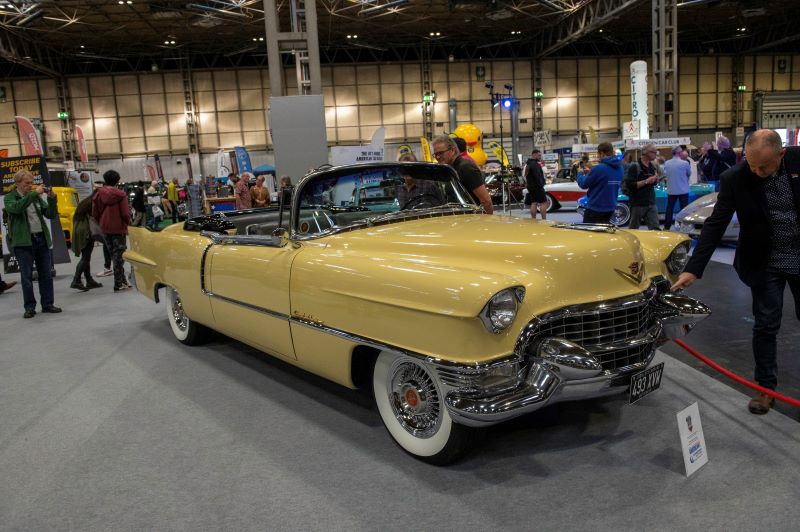
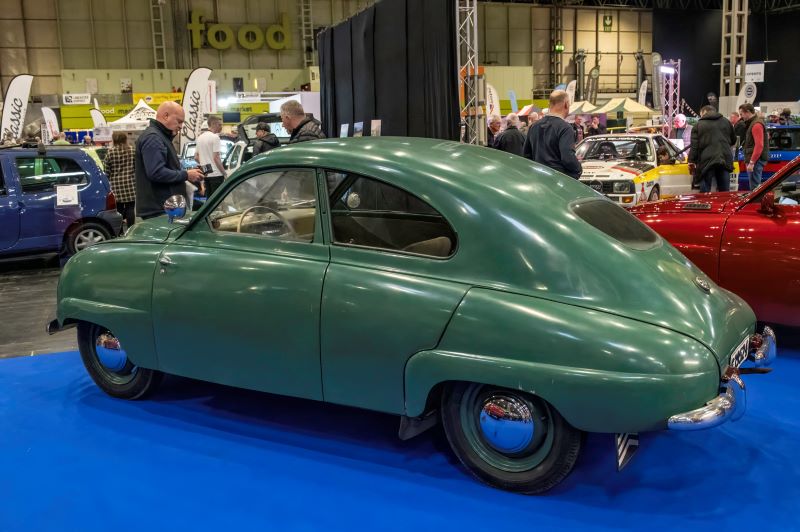
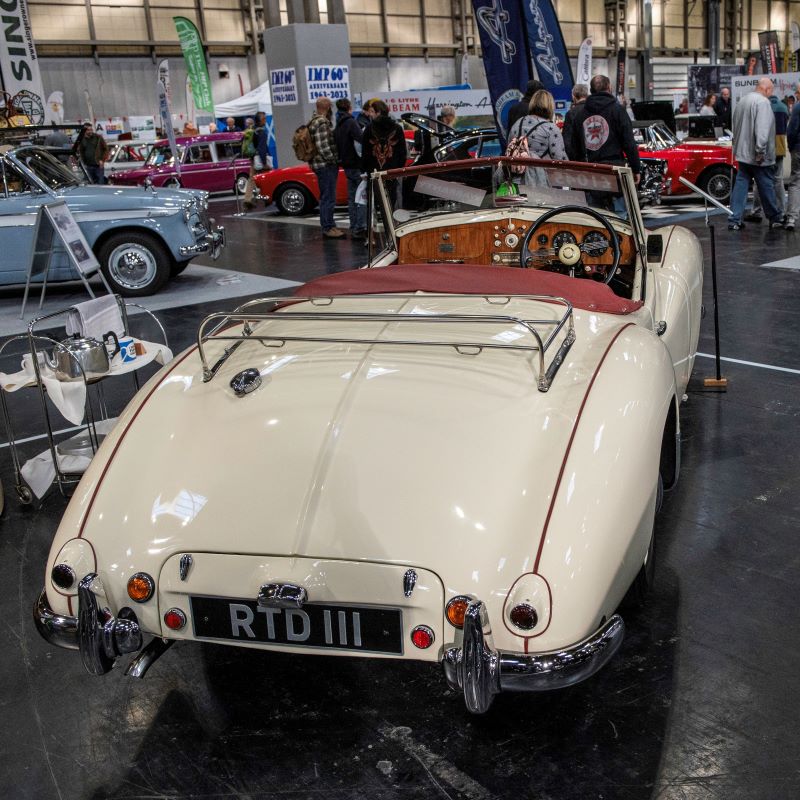
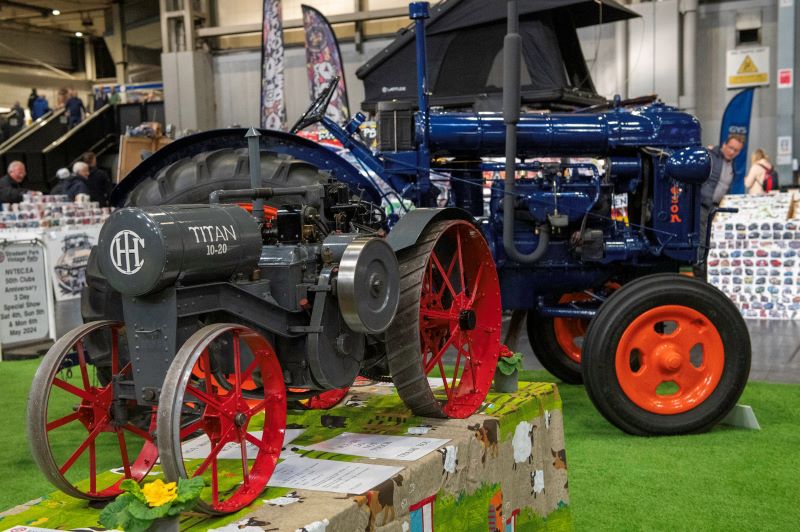
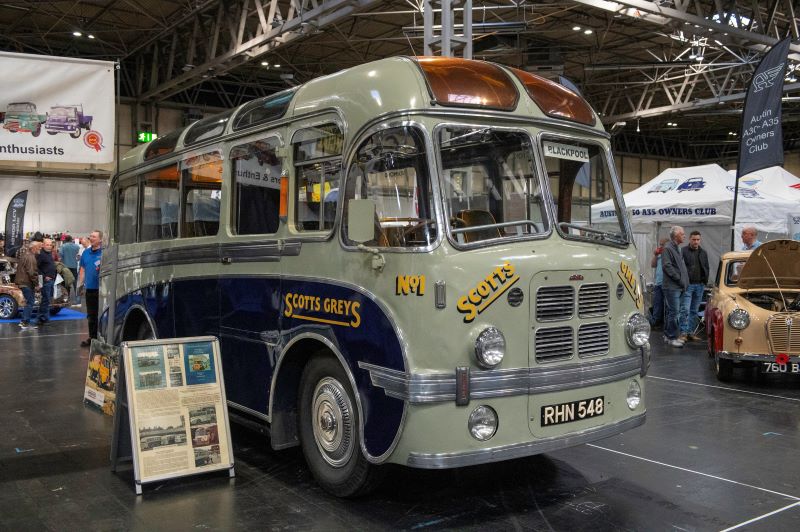
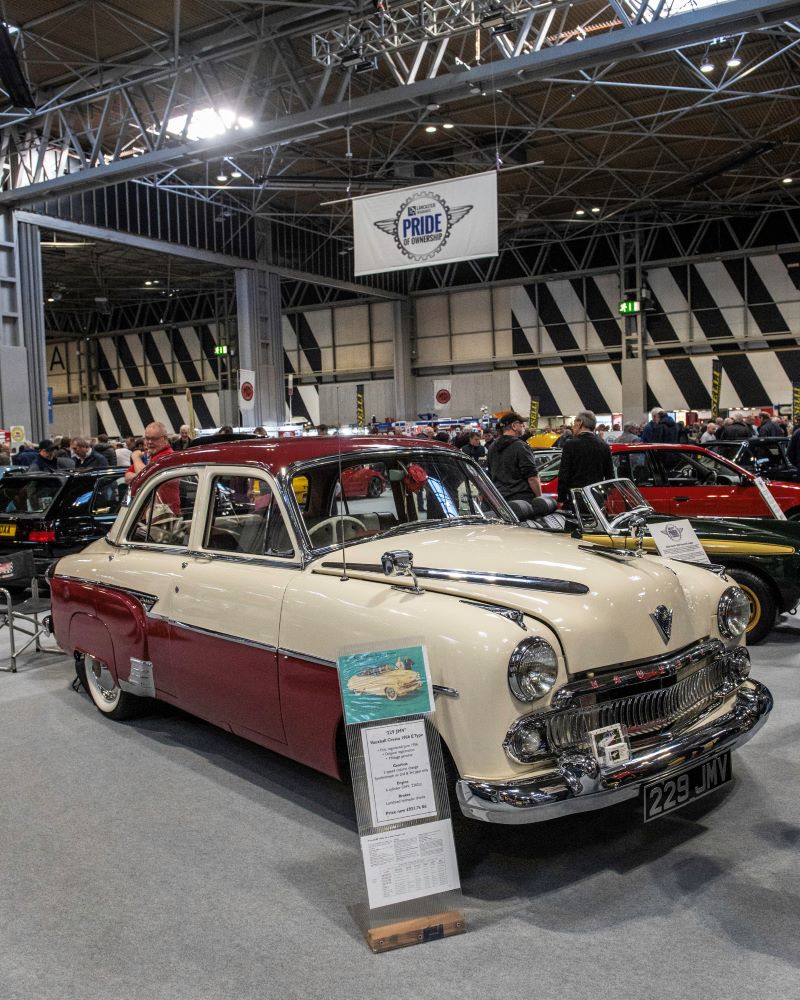
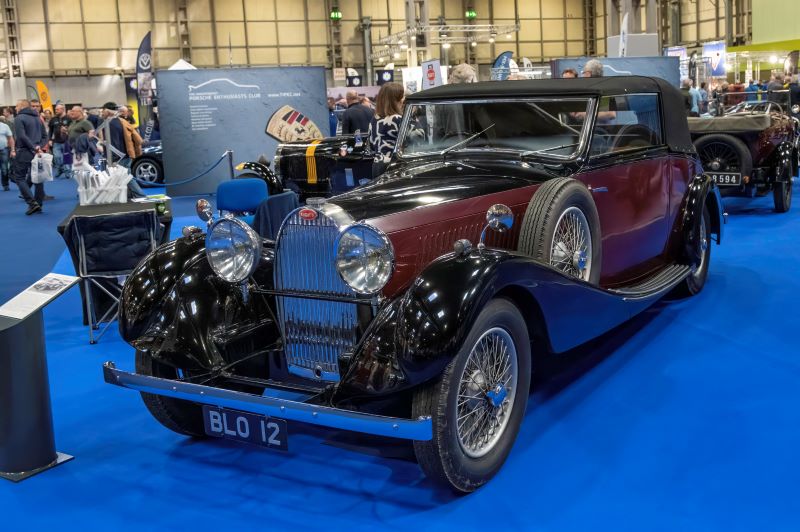
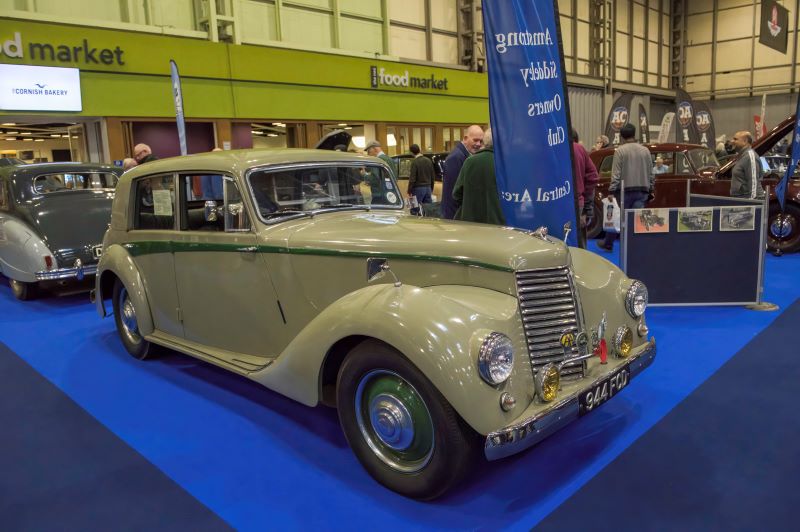
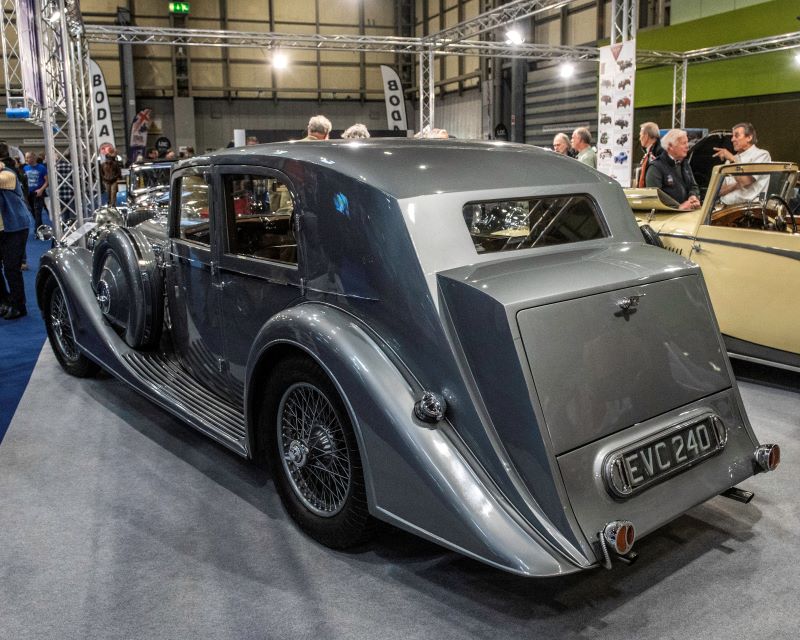
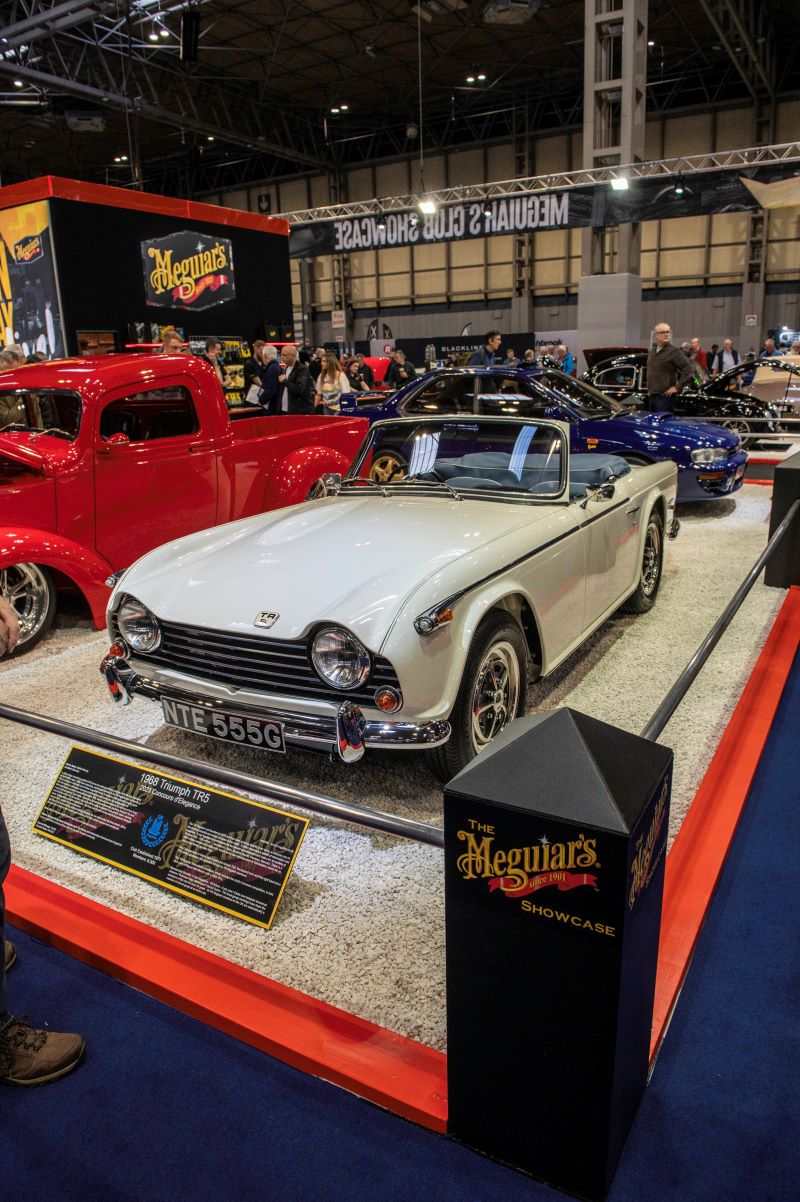
Leave a Comment